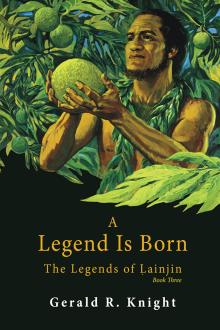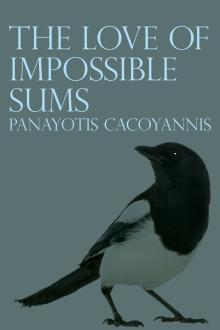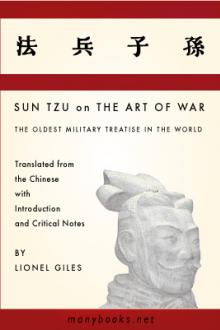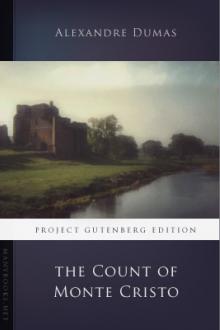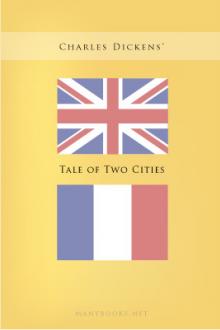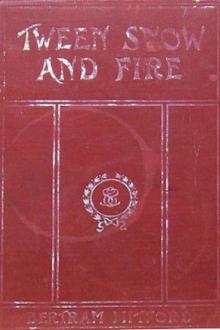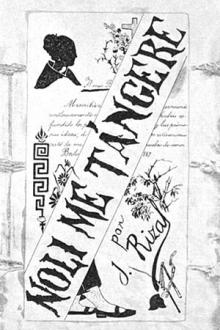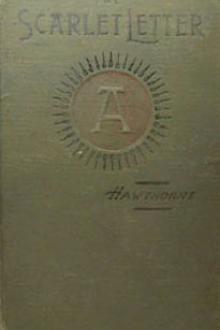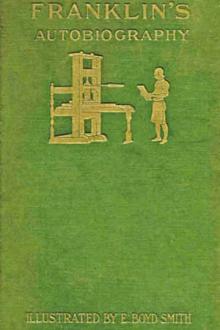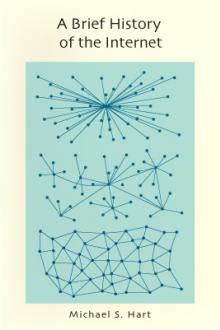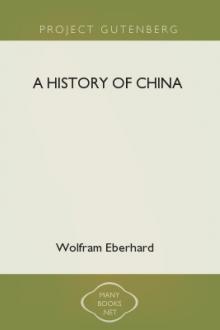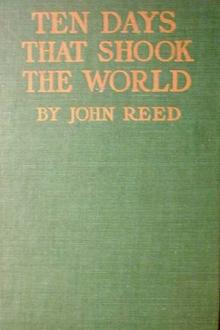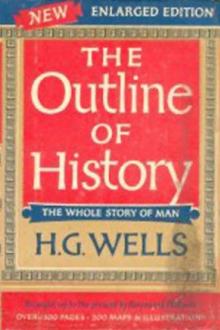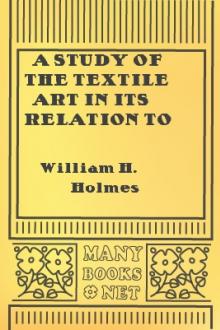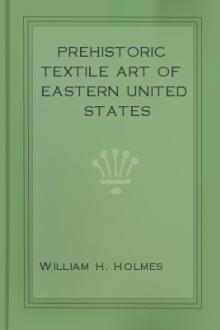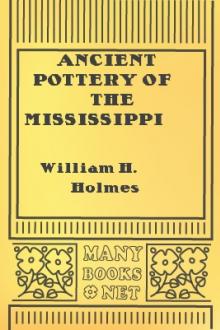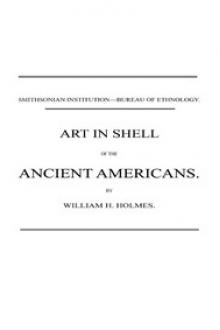Origin and Development of Form and Ornament in Ceramic Art.
Origin and Development of Form and Ornament in Ceramic Art.
Fourth Annual Report of the Bureau of Ethnology to theSecretary of the Smithsonian Institution, 1882-1883
Government Printing Office, Washington, 1886, pages 437-466.
Book Excerpt
orm conventional shapes.
A vessel of rectangular outline might originate in wood or bark. In Fig. 469, a, we have a usual form of bark tray, which is possibly the prototype of the square-rimmed earthen vessel given in b.
[Illustration: a, Wicker. b, Clay. FIG. 470.--Form originating in basketry.]
[Illustration: a, Wicker. b, Clay. FIG. 471.--Form originating in basketry.]
[Illustration: a, Net. b, Clay. FIG. 472.--Form originating in basketry.]
Basketry and other classes of woven vessels take a great variety of forms and, being generally antecedent to the potter's art and constantly present with it, have left an indelible impression upon ceramic forms. This is traceable in the earthenware of nearly all nations. The clay vessel is an intruder, and usurps the place and appropriates the dress of its predecessor in wicker. The form illustrated in Fig. 470, a, is a common one with the Pueblo peoples,
FREE EBOOKS AND DEALS
(view all)Popular books in History, Art
Readers reviews
0.0
LoginSign up
Be the first to review this book
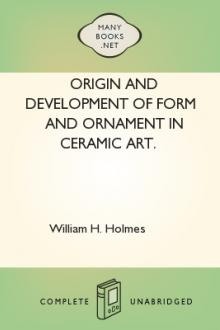
 Free Download
Free Download